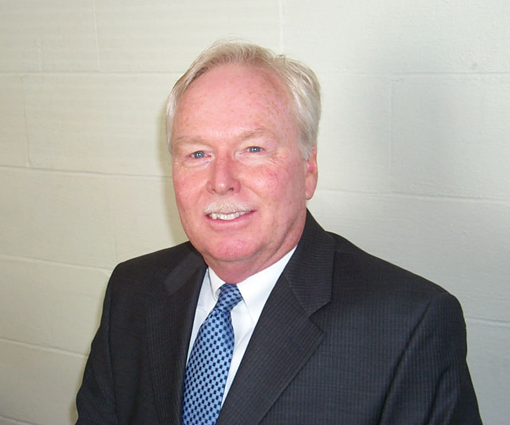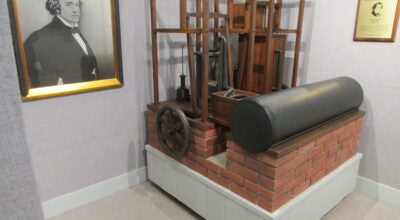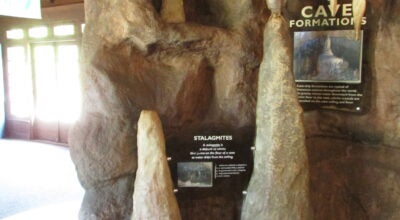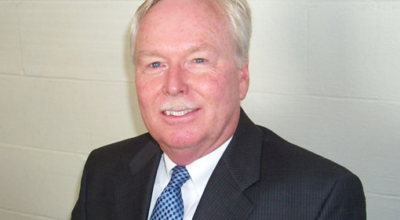Detroit: A city of hope
Published 11:02 am Wednesday, June 18, 2014
The stately Westin Book Cadillac sites majestically on a downtown corner. Inside it is as sleek and modern as any of its hotels in the upscale chain. The corner room I have is an example of what hotel rooms used to be like.
However, looking out the windows to the front, there is a ten story boarded up building with two large trees visible on the roof. These aren’t trees left from a rooftop garden; these are volunteer trees that indicate just how long this building has been vacant.
Detroit has been on my bucket list of cities I wanted to visit for a long time. Once the 10th largest city in the United States, it was once the epicenter of American manufacturing and engineering prowess. Somewhere over time, it lost its way.
I have long been intrigued by pictures of factories that closed and remain in time as if were their last operating day. Desks, chair and equipment stand in place as if on the set of some movie where all the people just disappeared.
Whole neighborhoods have fallen into disrepair, accelerating the decline into adjoining neighborhoods until entire city blocks have had dilapidated homes demolished, reverting back to some sort of urban pasture.
Occasional homes stand, like a sturdy tree in the aftermath of a tornado or forest fire. You wonder about the story of the family that lived there. Did they stay until every else left? Does anyone remain?
The city is much like the surrounding neighborhoods. Gleaming buildings, a testament to the efforts to rebuild the city, stand next to vacant towers, boarded up with nothing to distinguish them but the elaborate graffiti.
I attended Sunday morning worship service at the Jefferson Street Presbyterian Church, chosen because of its magnificent organ. It was a structure to behold, with ornate wood and stone carvings reminiscent of old European cathedrals. It was where the Dodge family attended church, along with other wealthy families, just a few generations ago.
The church stands as immaculate as ever, but the congregation was small. It is kept up by a large endowment, provided by the families as they moved to the suburbs. Without it, the church could never survive or maintain its extraordinary building and organ.
Across the side street, at the beginning of the once upscale neighborhood of Indian Hills, stands a mansion now boarded up. It is adjacent to an even larger mansion, with plywood in its windows.
As depressing as the picture might be, I was struck by the fighting spirit of many I met in Detroit.
Just two houses away from the two vacant homes, was a third. It was beautifully restored. In the back yard, you could see the playground indicating this was the home of a family with children.
As we passed through the historic old neighborhood, you could see house after house that was trying to make a comeback. This neighborhood is going to make it. You could just sense the commitment of the people moving back.
Downtown is much the same way. When I walked through a beautiful park just a block from my hotel, I was struck by the fact that the storefronts of every single building were vacant. Just a block away, I ate at a trendy café, full of young, energetic people clearly embracing urban life in Detroit.
It seems somehow fitting that I am spending a week in this city because I am attending the General Assembly of the Presbyterian Church (USA).
Detroit is much like the church. There are pockets of despair adjacent to pockets of success.
Extreme poverty is a neighbor to extreme wealth. There aren’t easy answers to so many questions.
I am encouraged to see hope in the eyes of so many who call Detroit home. The church offers that same hope to all of us.





